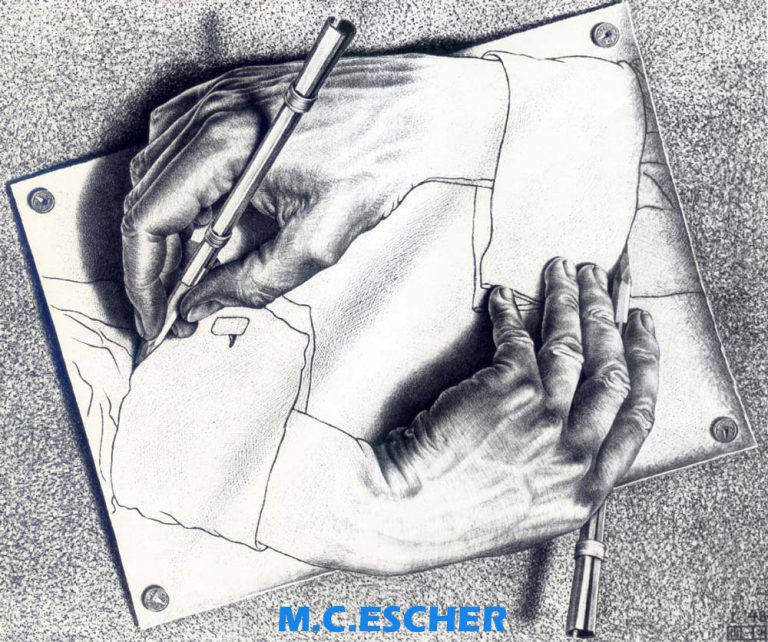The design and modelling activities are very different in their nature.
Both aspects play an important role since even the best design, without an effective understanding of its purpose and the ability to recreate it in modern 3D softwares, will not produce a good result, and vice versa.
But let’s start from the beginning: what is, more exactly, design?
Design is defined as the previous process of mental configuration, “prefiguration”, in the search for a solution in any field, in art it is a process of creation and development to produce a new object.
Its etymology derives from two Italian terms, “disegno” (“drawing”), “designio” (“what is to come”).
It is the original conception of an object or work.
Designing mainly requires functional, aesthetic and symbolic considerations. This process requires numerous phases such as: observation, research, analysis, adjustments, modelling and adaptations prior to the final design milestone.
Design is complex, dynamic and intricate.
Its good practise requires imagination, experience and time, since it is the starting point for the creation of beautiful objects whose purpose will be, at least in jewelry, to generate a pleasing response in the view of the observer to ensure its success or sale.
Design is a world in itself and is the cornerstone of creation, at least for companies that want to differentiate themselves with originality in a highly competitive market.
In the globalized world of today it is essential to make the customer fall in love at first sight, since the customer has infinite possibilities of purchase in different stores, just a “click” away. Your customers can purchase online jewels anywhere on the planet as they please, when they see a piece that they really like.
Now let’s analyze the other part: 3d modeling
3d modelling work for jewellery is more technical and is about meeting the constraints posed by a large number of factors ranging from the technological capacity, human resources available – such as availability of stone setters, materials, printer limitations, styles, costs and a large number of elements that interact with each other.
These constraints need to be intelligently met in the realization of a 3d jewel. This is a type of info that designers rarely care about, which leads to an information gap.
One way top fill the gap is by assumptions based on previous experiences with similar type of pieces, but there is always the risk that those details are solved not exactly as the client expected in the first place.
That is why, having in front of us a beautiful 2d design, there are a lot of details we must know before starting to modell it in our 3d software. It is about adapting the design to the physical reality and to please the client and its potential market.
Client companies must take into account the needs of these two different activities – design and modelling- as they are the basis of a succesful realization of the jewel that they want. Success will be directly related to the good interrelation between them.
One of the most appreciated achievements for a jewelry company is to own a style that reflects in its pieces, to have certain identifying features that make them unique, and therefore, more valuable.
At 3d custom jewel we have observed that although customer might have different strategies, they all aim to seduce the client based on originality, quality and price, and it is our daily job to offer a service that perfectly suits each need, providing a personalized service that respects the privacy of designs and support in all stages of manufacturing taking as a serious challenge, each and every one of their orders.


